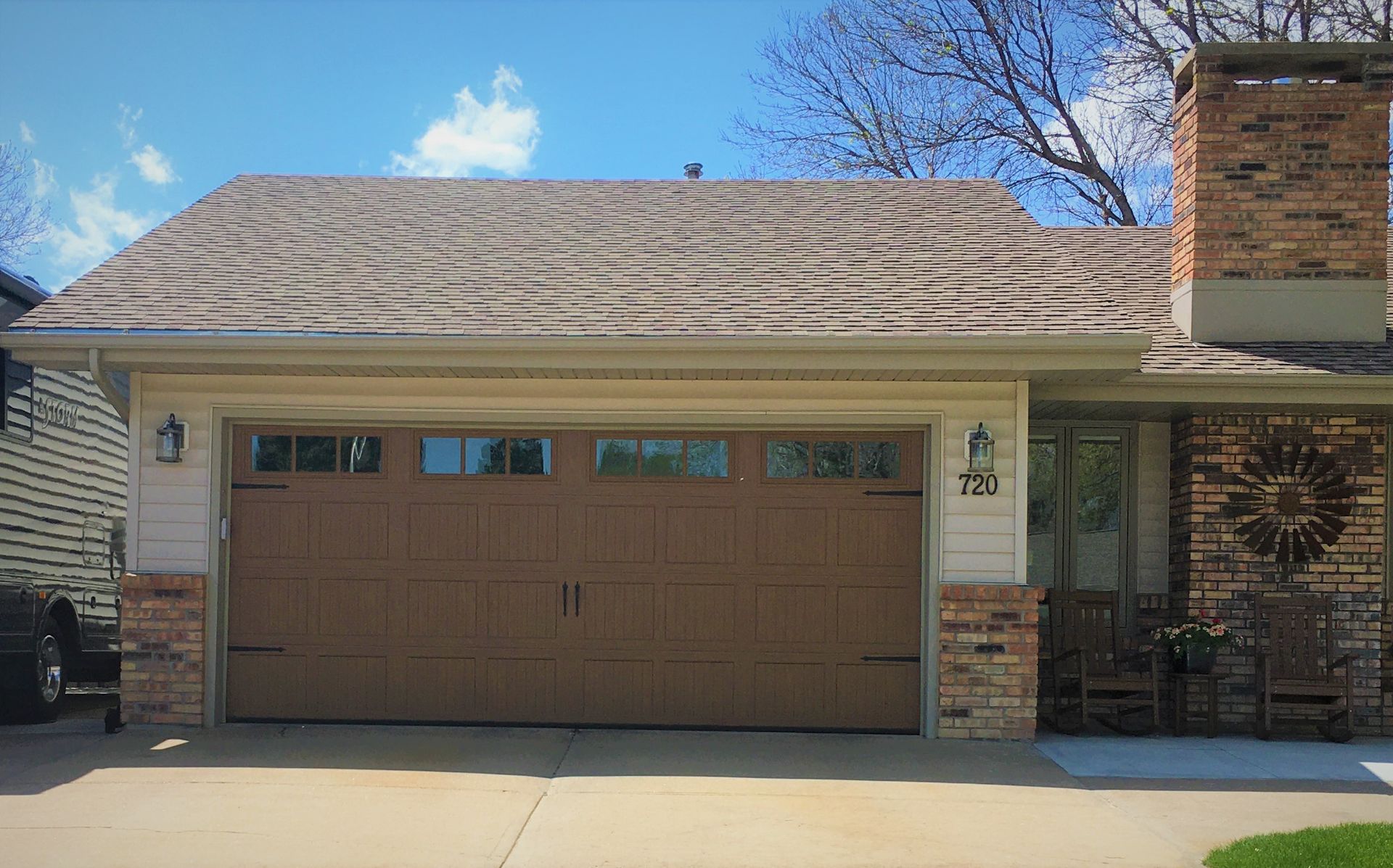Your roof color isn’t just for curb appeal—it has practical implications for your home’s energy efficiency and comfort. Here’s how to choose the best roof color based on your climate.
Understanding How Roof Color Affects Heat Absorption
The color of your roof plays a significant role in heat absorption. Dark colors, like black, absorb more heat, raising roof surface temperatures and warming your home. White roofs, on the other hand, reflect sunlight, keeping temperatures cooler and reducing strain on cooling systems.
Deciding Between Light or Dark Roofs Based on Climate
The best roof color for your home depends on your local climate conditions:
- Hot Climates: In hot climates, white or lighter roofs are ideal for reflecting heat, reducing indoor temperatures, and lowering air conditioning costs.
- Cold Climates: In cold climates, darker roofs absorb more sunlight, helping to keep your home warmer and reducing heating costs.
- Temperate Climates: In moderate climates, a neutral or slightly darker shade may be the best option, depending on your insulation and overall energy needs.
The Role of Roof Colors in the Urban Heat Island Effect
White roofs can help mitigate the urban heat island effect, a phenomenon where urban areas become significantly warmer due to dark roofs and pavement. By reflecting sunlight, white roofs cool down cities and reduce energy consumption.
Expert Tips from Weathercraft on Selecting Roof Colors
Here are some key factors to consider when choosing your roof color:
- Climate Suitability: Think about your region’s weather patterns.
- Material Durability: Make sure your roofing material works well with the color you choose.
- Home Aesthetic: Choose a color that complements your home’s overall aesthetic.
- Cost-Effectiveness: Balance upfront costs with energy savings over time.
We assist homeowners in selecting the best roof color and material to fit their needs and financial plans.
